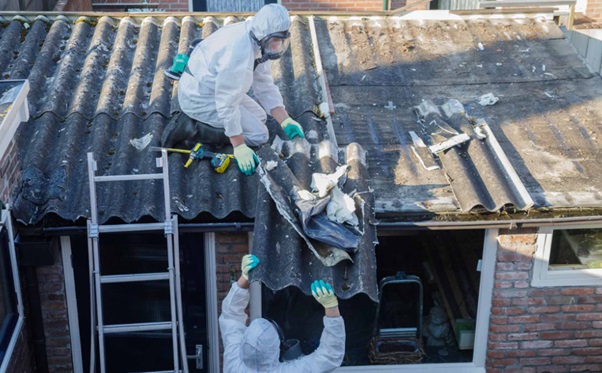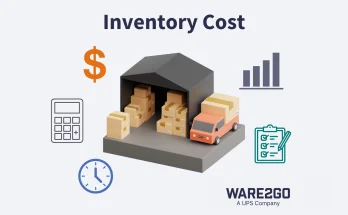Managing or renovating a commercial property is a demanding feat, rife with regulatory hoops, safety concerns, and logistical challenges. Among the most concerning aspects of any structural overhaul is the presence of asbestos, a silent threat commonly found in older buildings. Negligence in asbestos containment and removal can lead to severe health risks for building occupants and workers, hefty fines, and a tarnished reputation for property owners. In light of such rigorous ramifications, the importance of a comprehensive understanding of asbestos removal processes cannot be overstated.
This article is a detailed guide for property owners and environmental consultants on navigating the intricate task of commercial asbestos removal. Focusing on lesser-known tips can help mitigate risks, enhance safety, and streamline the procedure, ensuring a successful and compliant outcome.
Key Mistakes to Avoid in Commercial Asbestos Removal
Asbestos, a naturally occurring mineral known for its heat-resistant properties, has a sordid history as a hazard to human health. It was once widely used in building materials before its dangers were fully recognized. Commercial properties, particularly those constructed before the 1980s, likely contain asbestos, which poses a particular risk during renovation or demolition initiatives. Here are some common blunders to steer clear of:
- Inadequate Risk Assessment: Failure to thoroughly assess the extent of asbestos presence can lead to incomplete removal, leaving behind hazardous materials.
- Poor Planning and Documentation: The lack of a detailed removal plan and proper documentation can result in inefficiency, extended project timelines, and compromised safety measures.
- Neglecting Workers’ Safety: Inadequate protective equipment and training can lead to short-term accidents and long-term health problems for workers.
- Ineffective Supervision: A crucial mistake in asbestos removal is the lack of experienced supervisors who can foresee and manage critical tasks adequately.
- Improper Waste Management: Disposal of asbestos-containing material as regular waste is illegal and poses risks to the environment and public health.
- Bypassing Regulations: Skirting local regulations in the interest of expediency is shortsighted and could lead to significant legal repercussions.
These are just a few of the potential pitfalls that can arise during asbestos removal. Now, we’ll focus on 10 lesser-known tips to execute this monumental task with precision and care.
9 Lesser-Known Tips for Effective Commercial Asbestos Removal
1. Segregating the Workspace
Containment is key to managing the risk of asbestos exposure. Before any actual removal work begins, it’s critical to seal off the area with polyethylene sheeting and use airlocks to create a negative air pressure environment that prevents asbestos fibres from escaping.
2. Engage Professional Assistance
DIY commercial asbestos removal is dangerous and poses serious health risks. It’s essential to hire certified asbestos removal professionals with a solid record of safe practices. These experts possess the right equipment, knowledge, and experience to safely and effectively remove asbestos, reducing risk to everyone involved.
3. Air Monitoring and Clearance Testing
Conduct continuous air monitoring to ensure that asbestos fibres are not being released during the removal process. After removal, clearance testing is essential to confirm that the air is safe and the area is ready for reoccupation.
4. Use of Negative Air Machines
High-efficiency particulate air (HEPA) filtration systems in negative air machines are key to environmental safety. They capture and contain asbestos fibres, using advanced filtration to prevent these fibres from spreading, significantly lowering the risk of asbestos-related health problems.
5. Proper Personal Protective Equipment (PPE)
To safeguard workers’ health, supplying appropriate Personal Protective Equipment (PPE) is critical. They need full-body suits, high-quality respirators, durable gloves, and strong eye protection against asbestos fibres. These steps prevent inhalation or exposure to asbestos, reducing significant health risks.
6. Wet Methods for Removal
To lower asbestos exposure risk, use wet removal methods like misting to suppress dust. Keeping asbestos materials wet reduces their chance of becoming airborne, cutting down on inhalation risks for people nearby. This method is key to improving safety during asbestos handling and removal.
7. Decontamination Facilities
Set up decontamination stations strategically within the work area, equipped for safe removal and disposal of contaminated PPE. It’s also vital to have shower facilities for workers to cleanse off any contaminants before leaving the workspace. This step is crucial to prevent contaminant spread and ensure employee health and safety.
8. Thorough Documentation
Detailed documentation of the commercial asbestos removal process is essential because it ensures compliance with established methods and acts as a vital legal safeguard. It also helps meet regulatory standards, reducing legal and operational risks. This approach enhances transparency and accountability.
9. Worker Health Monitoring
To protect workers removing asbestos, it’s vital to have a thorough health monitoring system, including regular medical check-ups to catch early signs of asbestos-related illnesses. This approach allows for prompt interventions, preventing the development of health problems from asbestos exposure.
These tips can significantly bolster the effectiveness of your asbestos removal processes, ensuring a safe outcome for all involved.
Conclusion
Commercial asbestos removal is a daunting task, but with the knowledge of common mistakes to avoid and the implementation of the right strategies, it’s a challenge that can be met with poise and expertise. The cost of cutting corners is simply too high, both in terms of potential health risks and the impact on the eco-system. By taking the process seriously and employing the tips outlined, property owners and environmental consultants can ensure that asbestos is dealt with safely, legally, and thoroughly, protecting the health of all involved and preserving our shared environment.
Understanding the nuanced complexities of asbestos and its removal is not just a regulatory requirement; it’s a moral obligation to the community and the earth. By following these guidelines, you can rest assured that your approach to asbestos management is truly comprehensive and respects the well-being of your present and future stakeholders.




